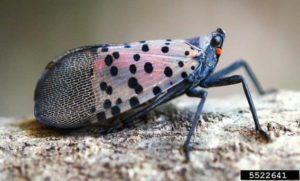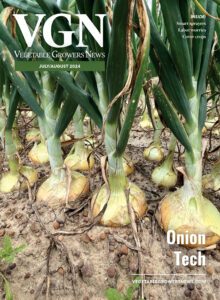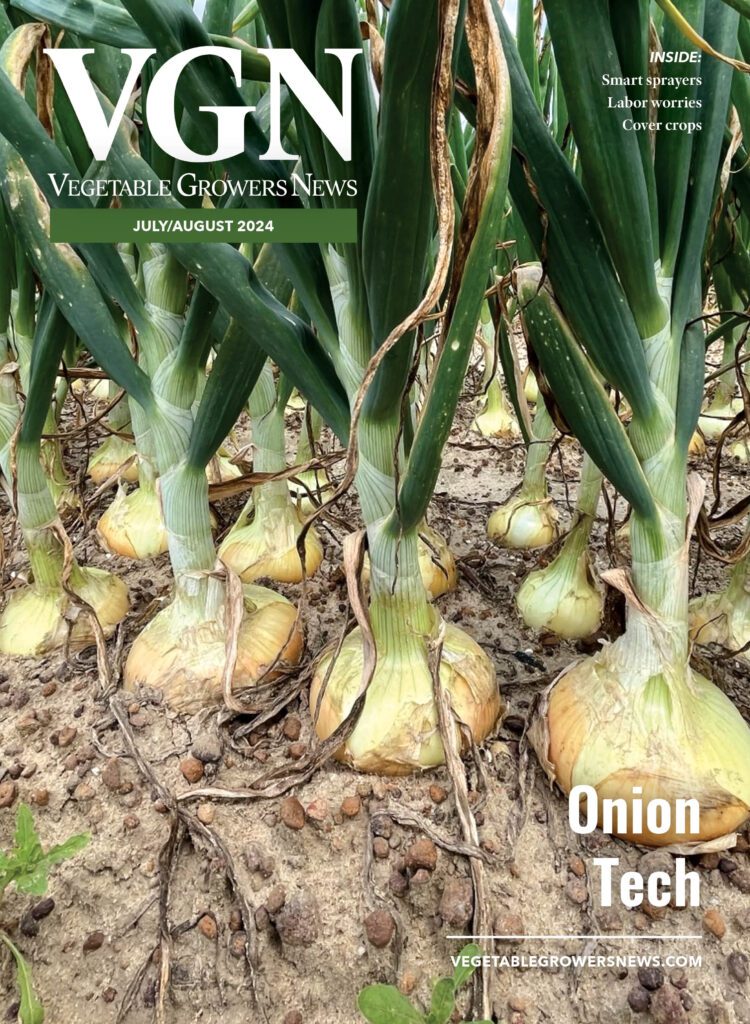Jun 9, 2023Spotted lanternfly survey started by Penn State
The Penn State Extension Grape and Wine Team is calling on Mid-Atlantic region growers and vineyard owners to participate in a spotted lanternfly (SLF) survey.
The survey is designed to track the spread and severity of SLF populations during the 2023 season. It will also allow for real-time tracking of SLFs based on responses from farmers and vineyard owners, according to a news release.
SLF is a destructive pest that feeds on a wide variety of crops and plants, including grapes and apples, cherries, nectarines, apricots, peaches, plums, blueberries, cucumbers and basil as well as almond and walnut trees.

“The data collected will provide insights into the distribution patterns of both nymph and adult spotted lanternfly within and outside vineyards, enabling growers and researchers to better understand this invasive pest’s potential impact on mid-Atlantic agriculture,” Penn State Extension officials said in the release.
The survey, which takes about a minute to complete, will help monitor frequent changes in the SLF population throughout the season. Participants are encouraged to take the survey biweekly and provide their zip codes, showing the spread of SLF on a shared map.
“Our survey provides real-time tracking of spotted lanternfly populations in the mid-Atlantic region,” Michela Centinari, Penn State Extension viticulture specialist and associate professor of viticulture in the College of Agricultural Sciences, said in the release. “Tracking spotted lanternfly is essential for understanding their potential damage and informing farmers and vineyard owners about the spread of this invasive species. Growers’ contributions to this survey will significantly aid our efforts to protect our regional agricultural production.”
Results will be displayed automatically on an online map of the eastern U.S. To participate, growers can fill out the tracking survey online.
The insect sucks sap, young stems and leaves, causing tree withering, reducing photosynthesis, weakening plants and eventually plant death. Feeding causes plants to weep or ooze, creating a fermented odor. Trunks display a grayish-black trail of wounds. SLFs excrete large amounts of honeydew, covering stems and leaves as well as the ground below infested plants. In Pennsylvania, once populations become established, vineyards have experienced yield losses of up to 90%.
More information is available by contacting the Penn State Grape and Wine Team at [email protected].














